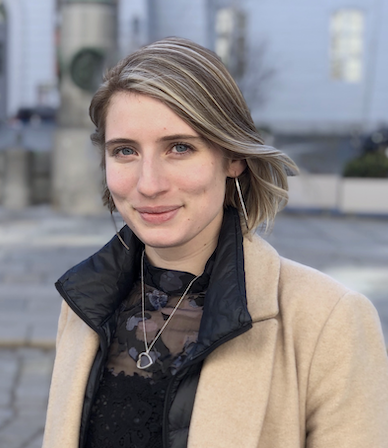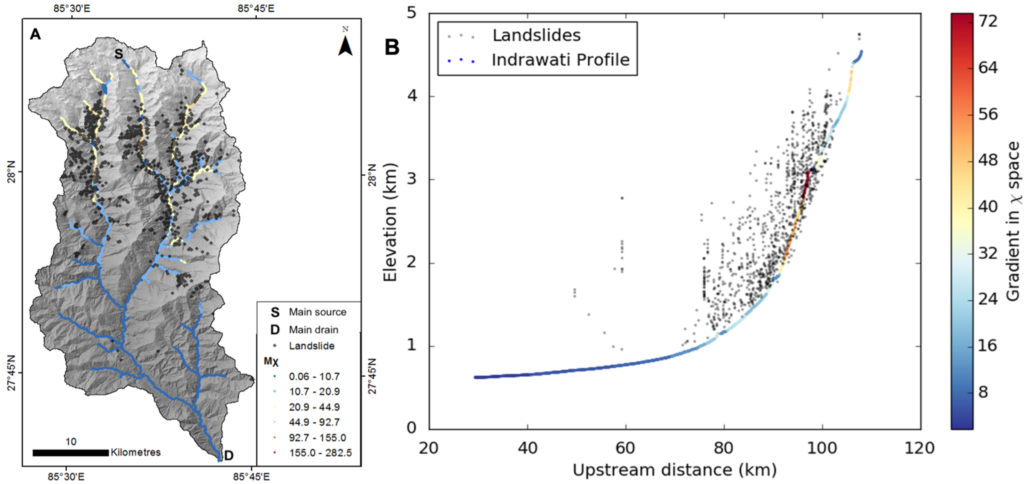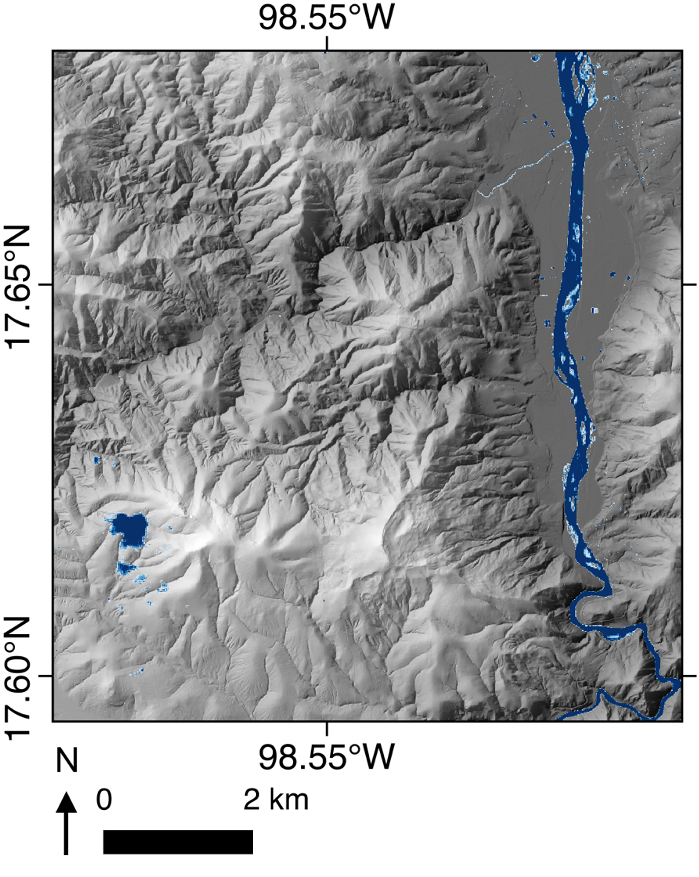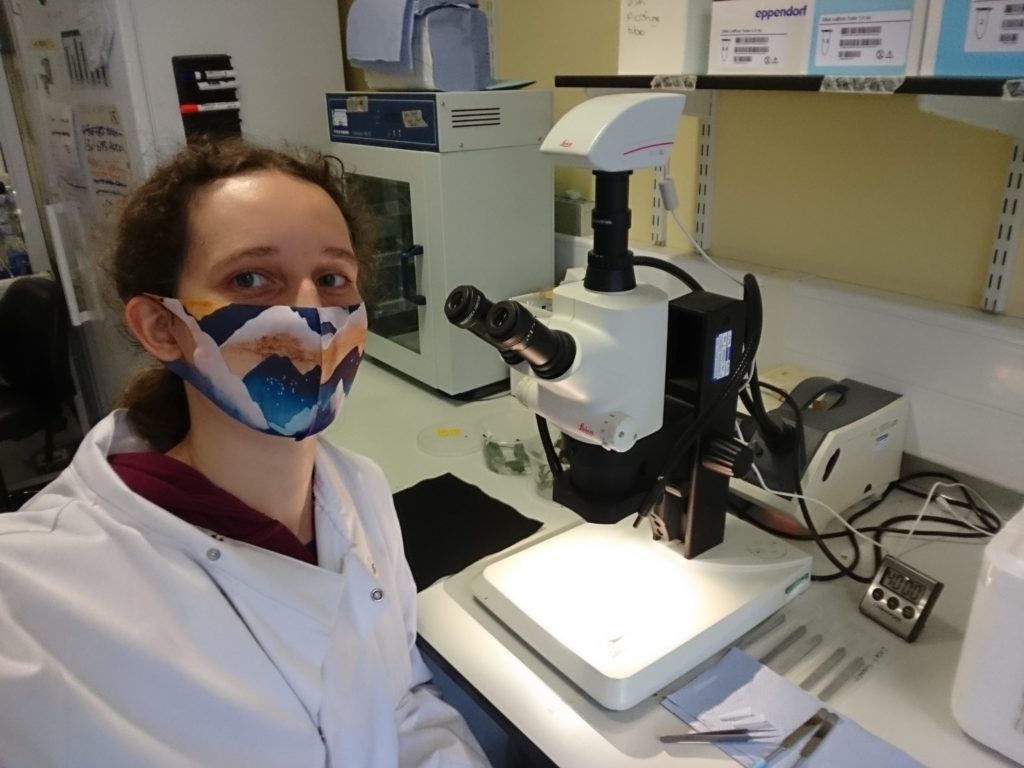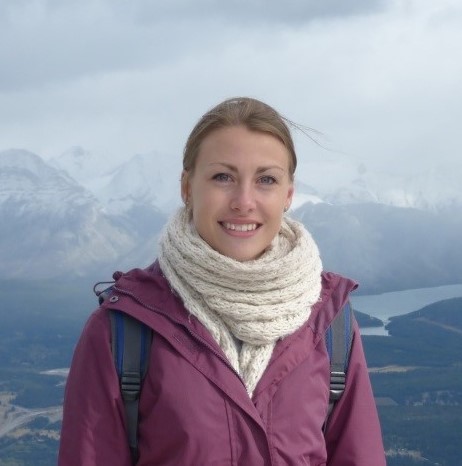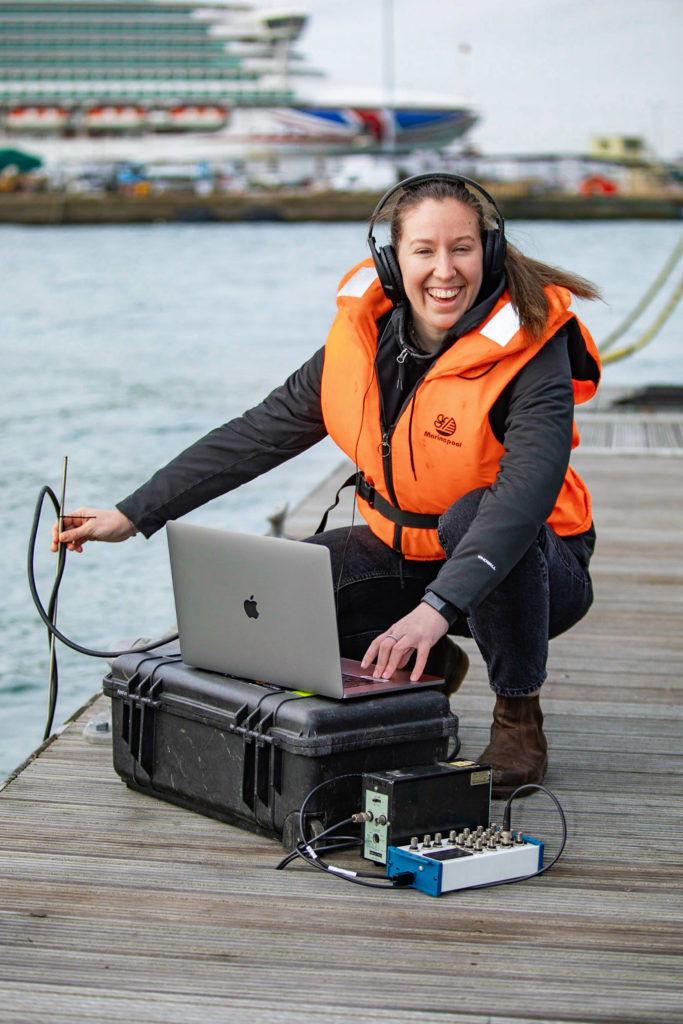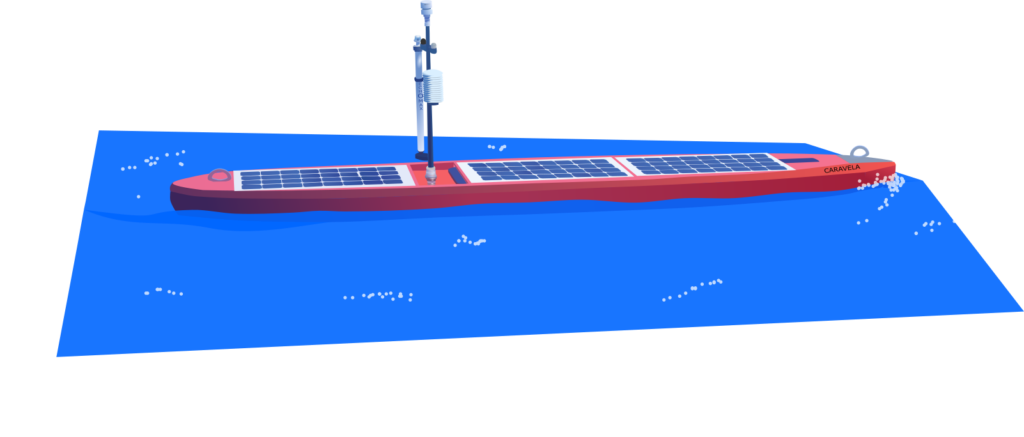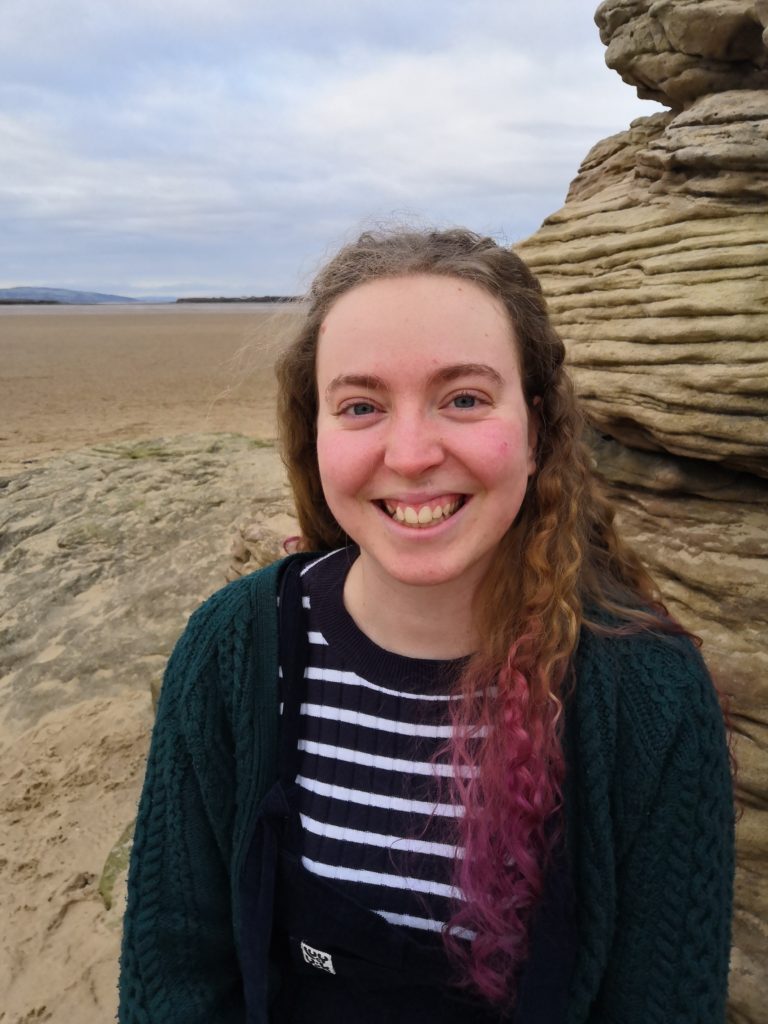
University of Nottingham, School of Geography
Envision PhD – Bloomin’ Blanket Weed: managing nuisance algae in UK freshwater bodies
Links
Email hannah.kemp@nottingham.ac.uk
Twitter https://twitter.com/Hannah_Kemp24
Linkedin https://www.linkedin.com/in/hannah-kemp-1111151a2/
Bio
Hi! I am a second year PhD student in the School of Geography at the University of Nottingham. My interest in freshwater bodies has developed over the years from exploring the physical characteristics of lakes and rivers, how they change overtime and the advantages and disadvantages of implementing different restoration and management techniques. I am really excited to be taking on the Wetlands challenge as part of enviroSPRINT as well as meeting and collaborating with lots of new people. In my spare time I enjoy going on long walks, pottering in the garden and knitting in front of the TV!
Current research
Across the UK, many standing freshwater ecosystems are experiencing increasingly frequent and widespread blooms of blanket weed. The formation of thick mats at the lake surface cause major ecological damage by harbouring pathogens and decreasing aquatic plant diversity. Blooms also reduce the amenity value of freshwater bodies by looking unsightly, preventing water-based activities and negatively impacting conservation work. Currently the extent, cause and consequences of these prolific blooms are largely unknown.
This PhD project employs (1) Questionnaire surveys gathered from freshwater sites across the UK to formulate a better understanding of the extent of the problem; and (2) Limnological monitoring and experiments with macroalgae cultures to assess spatial and temporal patterns and identify the main environmental drivers of the blooms. Results from the entirety of this project will inform effective and sustainable management techniques, using the National Trust’s lake at Clumber Park, Nottinghamshire as a model for application elsewhere.
See the below infographic for more information about Hannah’s exciting research. This was created by Hannah following an infographics training course delivered by infohackit.
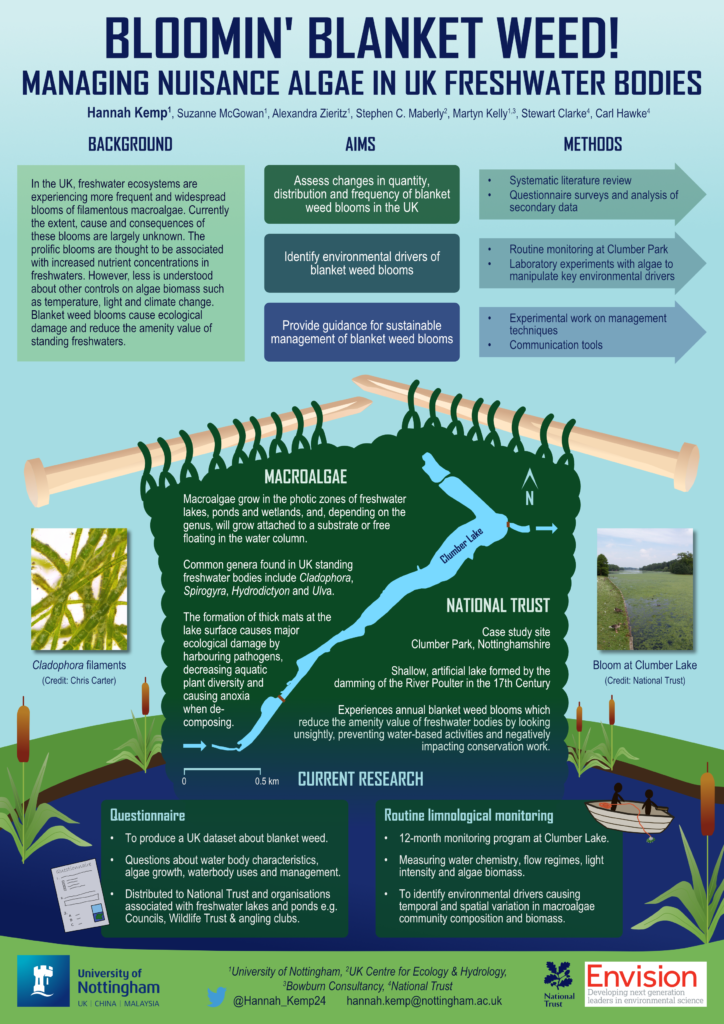
Call for research participation
Do you work/volunteer with an organisation that manages a freshwater body such as a lake or pond in the UK? If yes, I need your help!
I have created a questionnaire to investigate the changes in quantity, distribution and frequency of blanket weed blooms in the UK including, but not limited to, National Trust water bodies. It is also investigating the impact blanket weed blooms have on the waterbody uses and what forms of management are being put into practice to reduce algae blooms.
By participating in this questionnaire, you will be helping put together a UK wide dataset about blanket weed algae blooms to better understand the scale of the problem. Your answers will also help inform research into how best to manage blanket weed blooms whilst maintaining good ecological status and lake amenity value. Answers about waterbodies that do NOT experience blanket weed blooms are just as important!
If you would be interested in taking part in this research or could help facilitate the distribution of the questionnaire in your organisation please email me hannah.kemp@nottingham.ac.uk
Thank you!
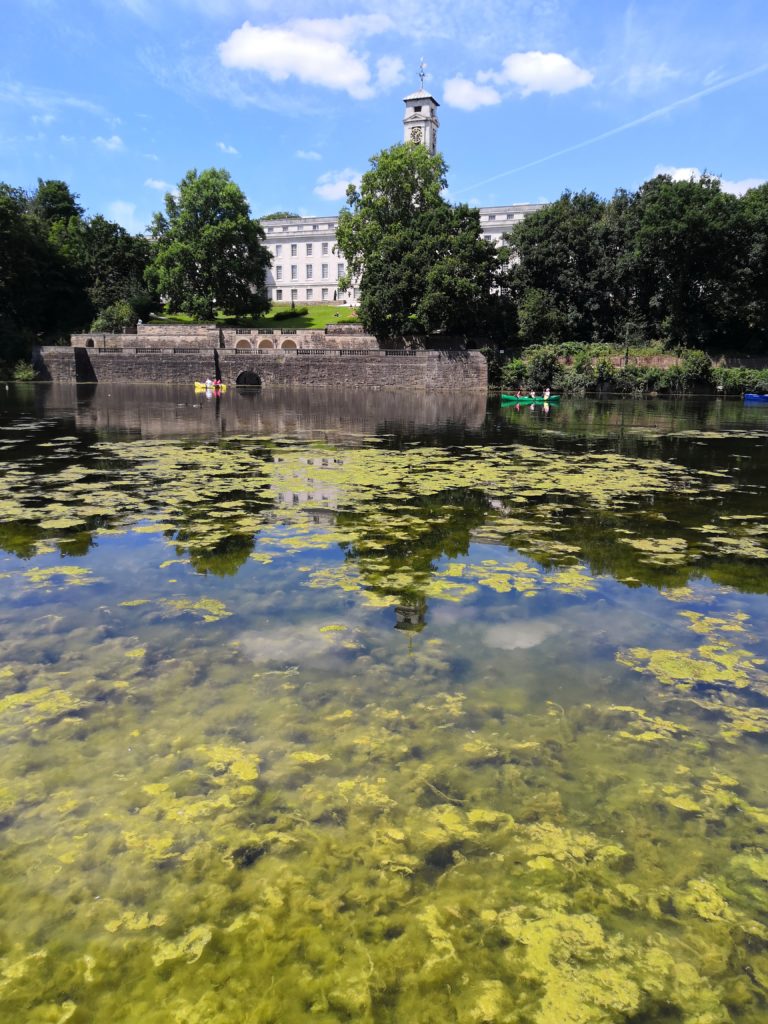
Caption: Cladophora bloom at Highfields Lake, University of Nottingham

